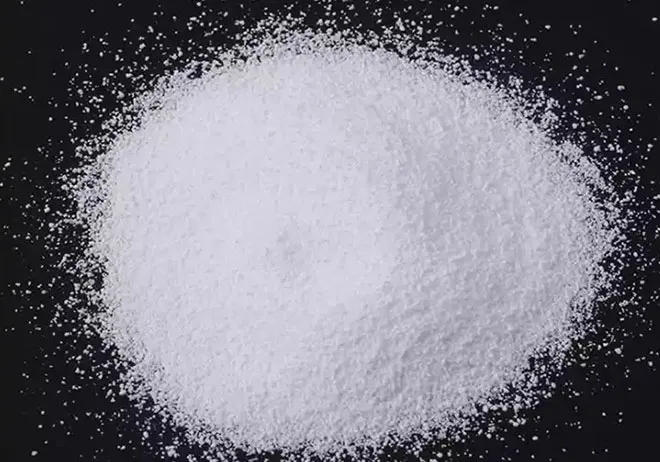Warning: Undefined array key "title" in /home/www/wwwroot/HTML/www.exportstart.com/wp-content/themes/1198/header.php on line 6
Warning: Undefined array key "file" in /home/www/wwwroot/HTML/www.exportstart.com/wp-content/themes/1198/header.php on line 7
Warning: Undefined array key "title" in /home/www/wwwroot/HTML/www.exportstart.com/wp-content/themes/1198/header.php on line 7
Warning: Undefined array key "title" in /home/www/wwwroot/HTML/www.exportstart.com/wp-content/themes/1198/header.php on line 7
- Afrikaans
- Albanian
- Amharic
- Arabic
- Armenian
- Azerbaijani
- Basque
- Belarusian
- Bengali
- Bosnian
- Bulgarian
- Catalan
- Cebuano
- China
- China (Taiwan)
- Corsican
- Croatian
- Czech
- Danish
- Dutch
- English
- Esperanto
- Estonian
- Finnish
- French
- Frisian
- Galician
- Georgian
- German
- Greek
- Gujarati
- Haitian Creole
- hausa
- hawaiian
- Hebrew
- Hindi
- Miao
- Hungarian
- Icelandic
- igbo
- Indonesian
- irish
- Italian
- Japanese
- Javanese
- Kannada
- kazakh
- Khmer
- Rwandese
- Korean
- Kurdish
- Kyrgyz
- Lao
- Latin
- Latvian
- Lithuanian
- Luxembourgish
- Macedonian
- Malgashi
- Malay
- Malayalam
- Maltese
- Maori
- Marathi
- Mongolian
- Myanmar
- Nepali
- Norwegian
- Norwegian
- Occitan
- Pashto
- Persian
- Polish
- Portuguese
- Punjabi
- Romanian
- Russian
- Samoan
- Scottish Gaelic
- Serbian
- Sesotho
- Shona
- Sindhi
- Sinhala
- Slovak
- Slovenian
- Somali
- Spanish
- Sundanese
- Swahili
- Swedish
- Tagalog
- Tajik
- Tamil
- Tatar
- Telugu
- Thai
- Turkish
- Turkmen
- Ukrainian
- Urdu
- Uighur
- Uzbek
- Vietnamese
- Welsh
- Bantu
- Yiddish
- Yoruba
- Zulu
መስከ . 11, 2024 07:52 Back to list
Making Xanthan Gum from Corn for Various Industrial Applications
The Production of Xanthan Gum from Corn Industrial Applications and Benefits
Xanthan gum is a high-performance polysaccharide widely used in various industries, particularly in food, pharmaceuticals, and cosmetics. It is produced through the fermentation of sugars, with corn being one of the primary sources for its production. This article explores the process of making xanthan gum from corn, its industrial applications, and the advantages it offers across multiple sectors.
1. The Production Process
The process of producing xanthan gum from corn begins with the extraction of starch from corn kernels. This starch is then hydrolyzed into glucose, which serves as a substrate for bacterial fermentation. The primary microorganism used in this process is *Xanthomonas campestris*, a bacterium that ferments the glucose and produces xanthan gum as a by-product.
Once the fermentation process is complete, the xanthan gum is separated from the bacterial culture through a series of purification steps. This typically involves centrifugation and precipitation with alcohol, followed by drying to produce a fine powder. The resulting xanthan gum can be rehydrated and used for various applications or further processed depending on specific industrial requirements.
2. Industrial Applications
Xanthan gum is primarily known for its thickening and stabilizing properties
. In the food industry, it is used as a gelling agent and emulsifier in products such as salad dressings, sauces, and dairy products. Its ability to enhance texture and viscosity makes it an essential ingredient for gluten-free baking, where it mimics the elasticity of gluten.'making xanthan gum from corn for various industrial and'

In the pharmaceutical sector, xanthan gum serves as a suspending agent in liquid formulations, improving the stability of active ingredients. Its biocompatibility and non-toxicity make it suitable for use in various medicinal products and personal care items, including lotions, creams, and ointments.
The oil and gas industry also benefits from xanthan gum, which is used in drilling fluids to improve the viscosity and stability of the mud used during drilling operations. Its shear-thinning properties make it highly effective in maintaining wellbore stability while allowing for easy removal.
3. Advantages of Using Xanthan Gum from Corn
One significant advantage of producing xanthan gum from corn is its sustainability. Corn is a renewable resource, and the use of agricultural by-products for fermentation helps reduce waste. Additionally, because xanthan gum is a microbial product, it can be produced using fermentation technology that is less reliant on petrochemicals than some other thickening agents.
Moreover, xanthan gum is versatile and adaptable, allowing industries to customize its properties for specific applications. For example, adjusting the fermentation conditions can lead to variations in viscosity and solubility, making xanthan gum suitable for various formulations and uses.
Conclusion
In summary, xanthan gum derived from corn plays a crucial role in multiple industries due to its unique properties and functional benefits. The efficient production process, combined with its applications in food, pharmaceuticals, and oil and gas, demonstrates the versatility and importance of xanthan gum. As industries continue to seek sustainable and effective solutions, xanthan gum will likely remain a valuable ingredient and a cornerstone of modern manufacturing practices.
Latest news
-
Certifications for Vegetarian and Xanthan Gum Vegetarian
NewsJun.17,2025
-
Sustainability Trends Reshaping the SLES N70 Market
NewsJun.17,2025
-
Propylene Glycol Use in Vaccines: Balancing Function and Perception
NewsJun.17,2025
-
Petroleum Jelly in Skincare: Balancing Benefits and Backlash
NewsJun.17,2025
-
Energy Price Volatility and Ripple Effect on Caprolactam Markets
NewsJun.17,2025
-
Spectroscopic Techniques for Adipic Acid Molecular Weight
NewsJun.17,2025

